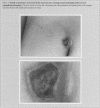Abstract
Prolonged immobilization affects almost every organ system. Respiratory complications include decreased ventilation, atelectasis, and pneumonia. Decreased basal metabolic rate, increased diuresis, natriuresis, and nitrogen and calcium depletion affect metabolism. Genitourinary problems include renal stones and more frequent urinary tract infections. Glucose intolerance, anorexia, constipation, and pressure sores might develop. Central nervous system changes could affect balance and coordination and lead to increasing dependence on caregivers.
Full text
PDF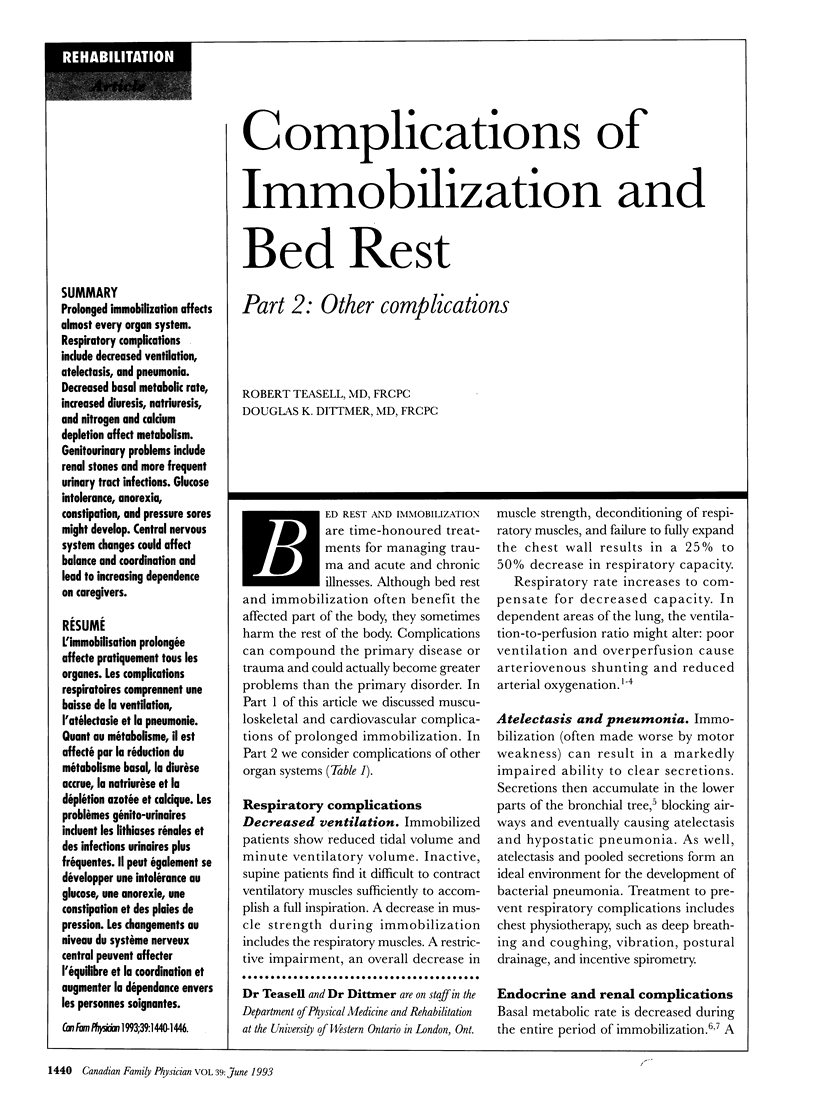
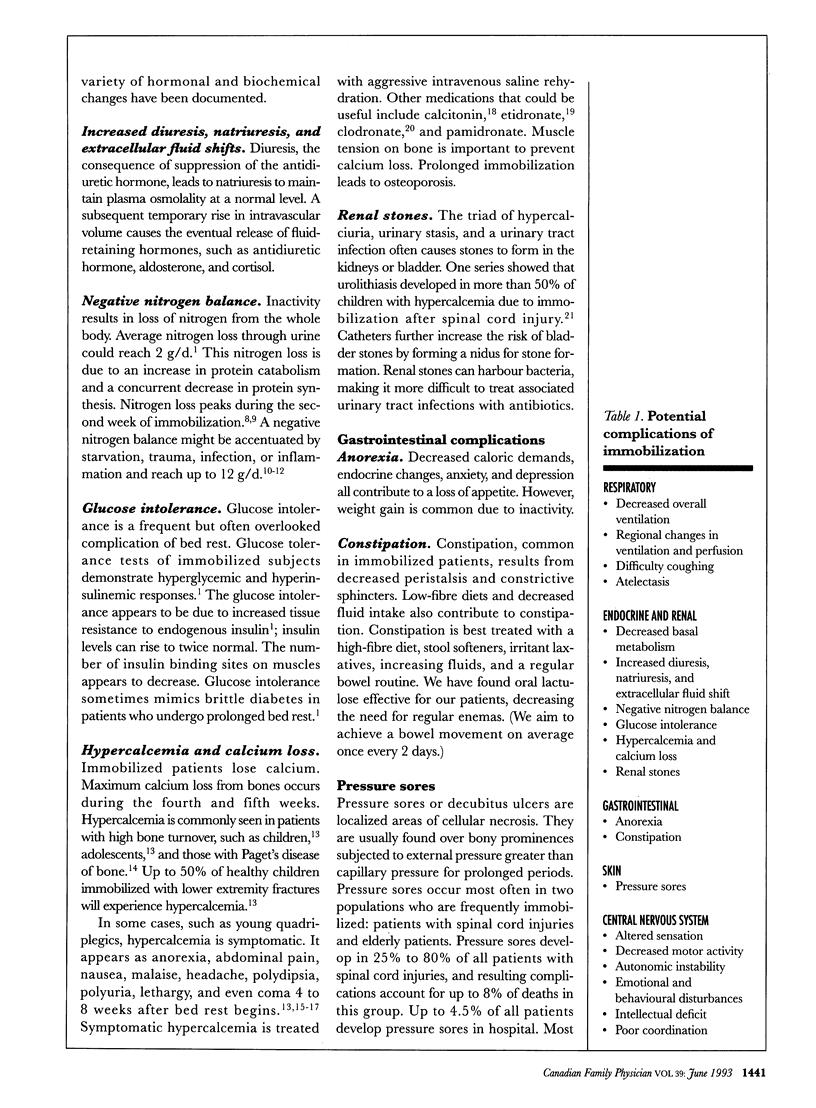
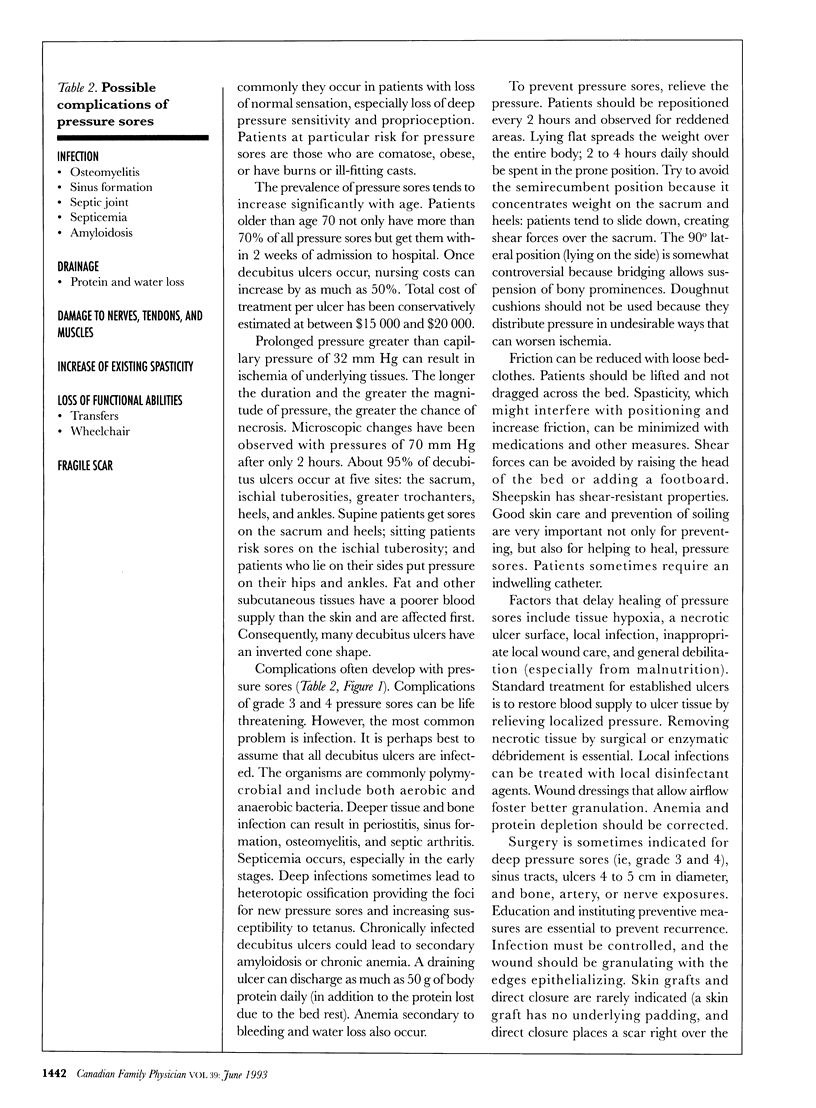
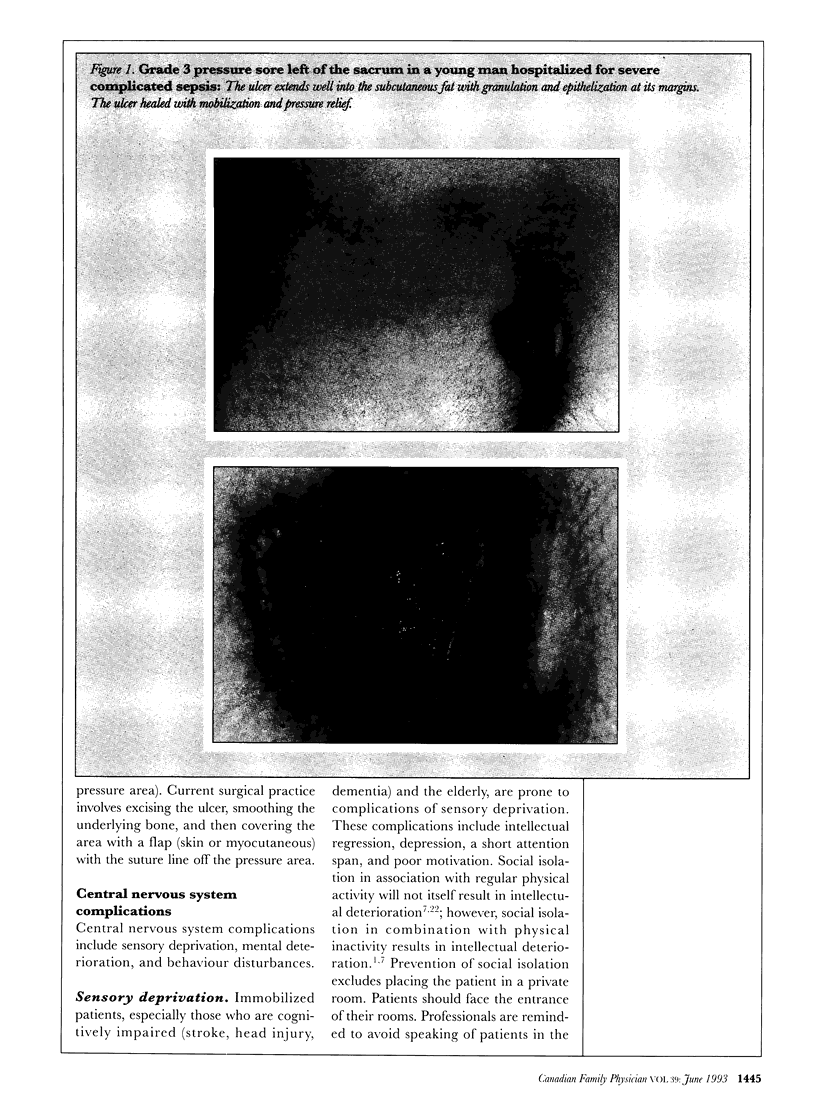
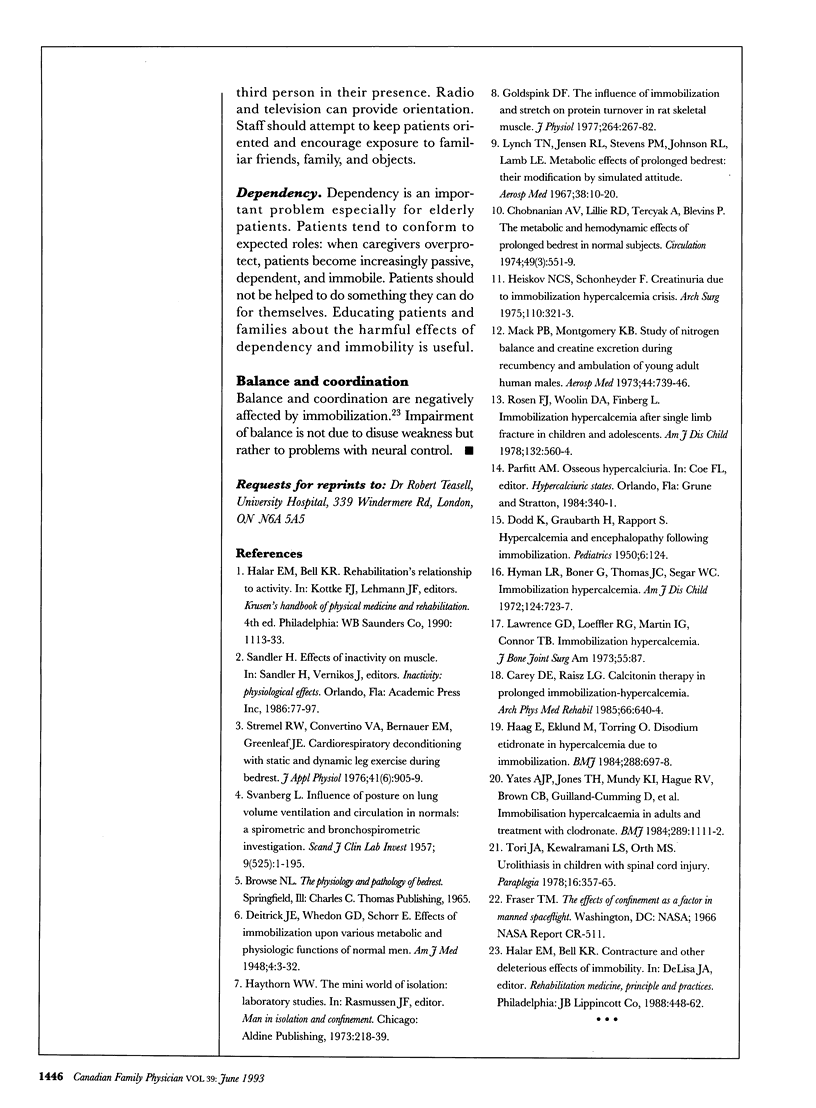
Images in this article
Selected References
These references are in PubMed. This may not be the complete list of references from this article.
- Carey D. E., Raisz L. G. Calcitonin therapy in prolonged immobilization hypercalcemia. Arch Phys Med Rehabil. 1985 Sep;66(9):640–644. [PubMed] [Google Scholar]
- Chobanian A. V., Lille R. D., Tercyak A., Blevins P. The metabolic and hemodynamic effects of prolonged bed rest in normal subjects. Circulation. 1974 Mar;49(3):551–559. doi: 10.1161/01.cir.49.3.551. [DOI] [PubMed] [Google Scholar]
- DODD K., GRAUBARTH H., RAPOPORT S. Hypercalcemia nephropathy and encephalopathy following immobilization; case report. Pediatrics. 1950 Jul;6(1):124–130. [PubMed] [Google Scholar]
- Goldspink D. F. The influence of immobilization and stretch on protein turnover of rat skeletal muscle. J Physiol. 1977 Jan;264(1):267–282. doi: 10.1113/jphysiol.1977.sp011667. [DOI] [PMC free article] [PubMed] [Google Scholar]
- Hyman L. R., Boner G., Thomas J. C., Segar W. E. Immobilization hypercalcemia. Am J Dis Child. 1972 Nov;124(5):723–727. doi: 10.1001/archpedi.1972.02110170101017. [DOI] [PubMed] [Google Scholar]
- Lawrence G. D., Loeffler R. G., Martin L. G., Connor T. B. Immobilization hypercalcemia. Some new aspects of diagnosis and treatment. J Bone Joint Surg Am. 1973 Jan;55(1):87–94. [PubMed] [Google Scholar]
- Mack P. B., Montgomery K. B. Study of nitrogen balance and creatine and creatinine excretion during recumbency and ambulation of five young adult human males. Aerosp Med. 1973 Jul;44(7):739–746. [PubMed] [Google Scholar]
- Rosen J. F., Wolin D. A., Finberg L. Immobilization hypercalcemia after single limb fractures in children and adolescents. Am J Dis Child. 1978 Jun;132(6):560–564. doi: 10.1001/archpedi.1978.02120310024004. [DOI] [PubMed] [Google Scholar]
- SVANBERG L. Influence of posture on the lung volumes, ventilation and circulation in normals; a spirometric-bronchospirometric investigation. Scand J Clin Lab Invest. 1957;9 (Suppl 25):1–195. [PubMed] [Google Scholar]
- Stremel R. W., Convertino V. A., Bernauer E. M., Greenleaf J. E. Cardiorespiratory deconditioning with static and dynamic leg exercise during bed rest. J Appl Physiol. 1976 Dec;41(6):905–909. doi: 10.1152/jappl.1976.41.6.905. [DOI] [PubMed] [Google Scholar]
- Tori J. A., Kewalramani L. S. Urolithiasis in children with spinal cord injury. Paraplegia. 1979 Feb;16(4):357–365. doi: 10.1038/sc.1978.68. [DOI] [PubMed] [Google Scholar]
- Yates A. J., Jones T. H., Mundy K. I., Hague R. V., Brown C. B., Guilland-Cumming D., Kanis J. A. Immobilisation hypercalcaemia in adults and treatment with clodronate. Br Med J (Clin Res Ed) 1984 Oct 27;289(6452):1111–1112. doi: 10.1136/bmj.289.6452.1111. [DOI] [PMC free article] [PubMed] [Google Scholar]



